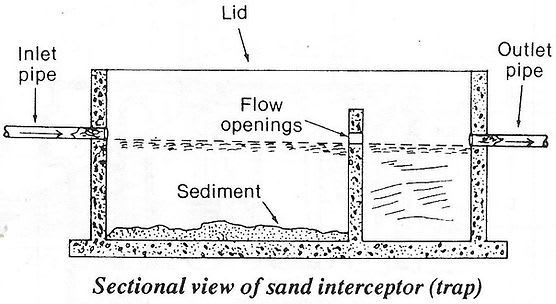Sandtrap design
Does anybody have any type of guideline for the design of sandtraps? Much like what is pictured:

Perhaps flowrate and sand particle size and level of entrainment can be inputs and then various dimensions of the trap can be outputs. Maybe it can be very sophisticated, maybe it can be a bit rougher...
We have a boilerhouse with a ash conveyor that messes a lot. The sand trap ys just to catch all that rubbish from that. The blowdown already has its iwn solution so wont affect the sand trap at all.
Does anybody have any type of guideline for the design of sandtraps? Much like what is pictured:

Perhaps flowrate and sand particle size and level of entrainment can be inputs and then various dimensions of the trap can be outputs. Maybe it can be very sophisticated, maybe it can be a bit rougher...
We have a boilerhouse with a ash conveyor that messes a lot. The sand trap ys just to catch all that rubbish from that. The blowdown already has its iwn solution so wont affect the sand trap at all.
